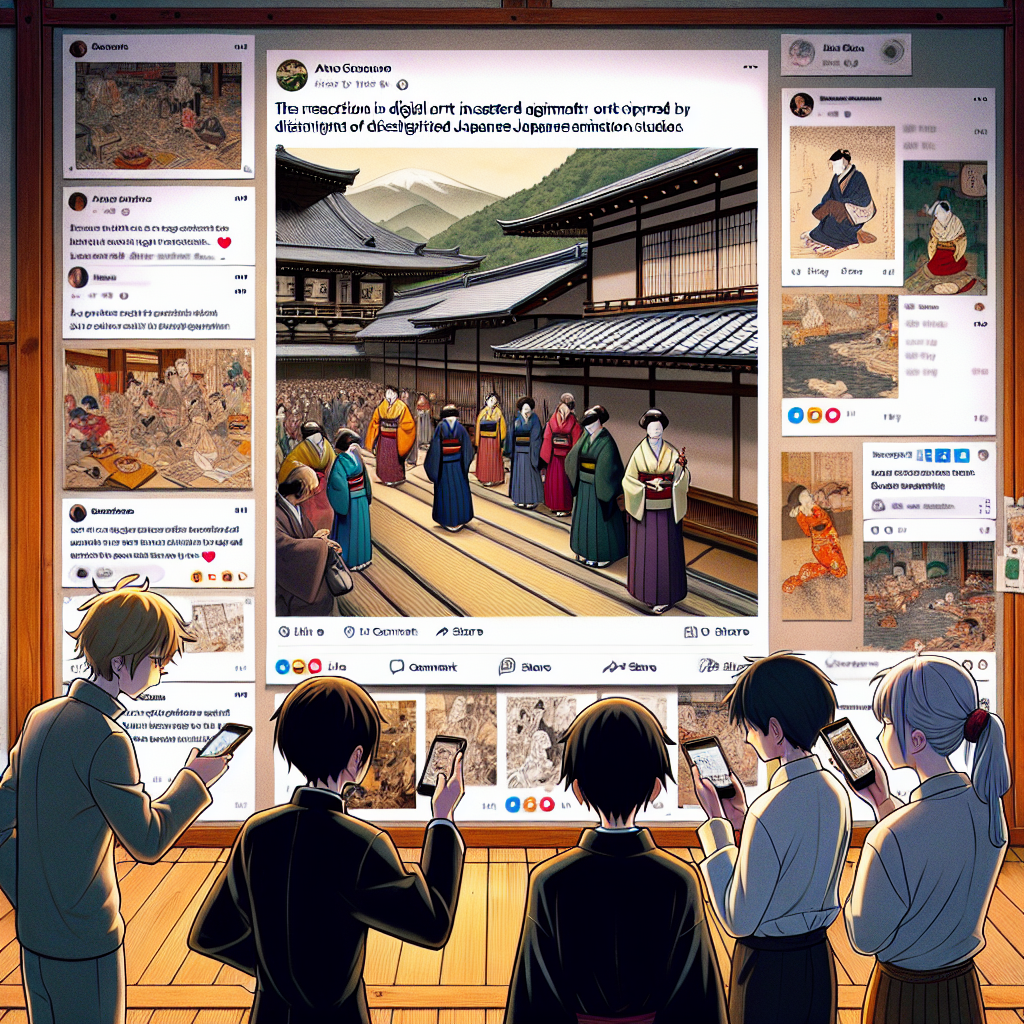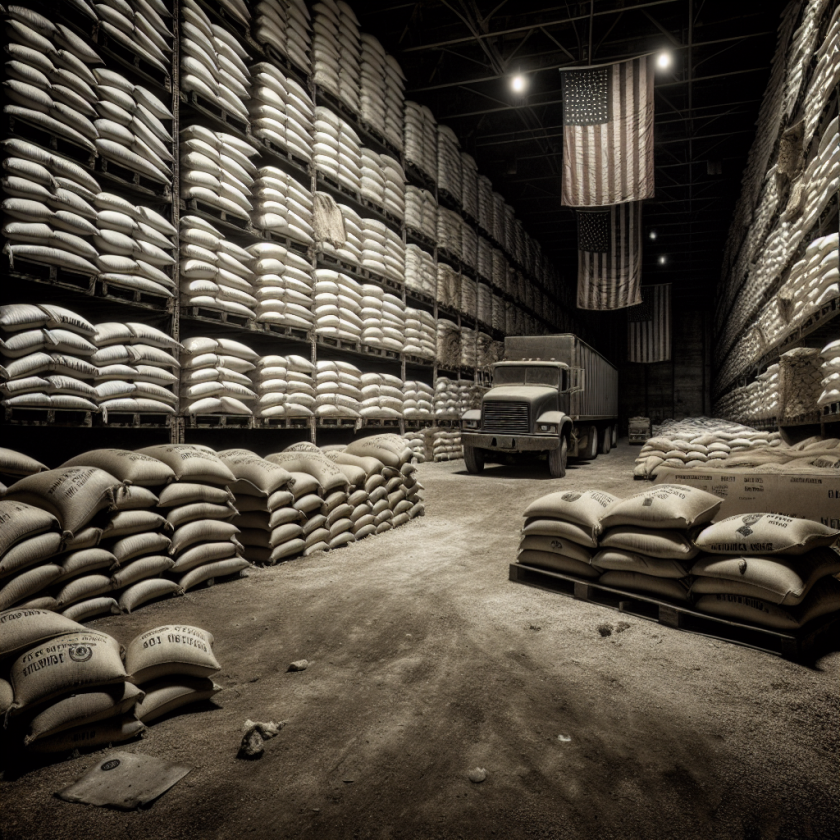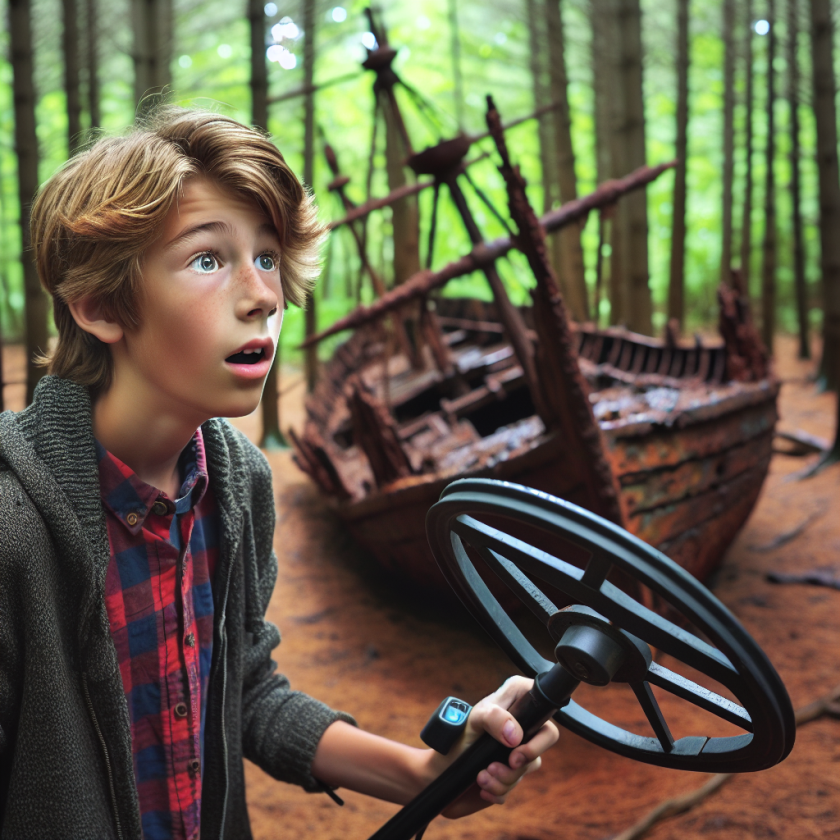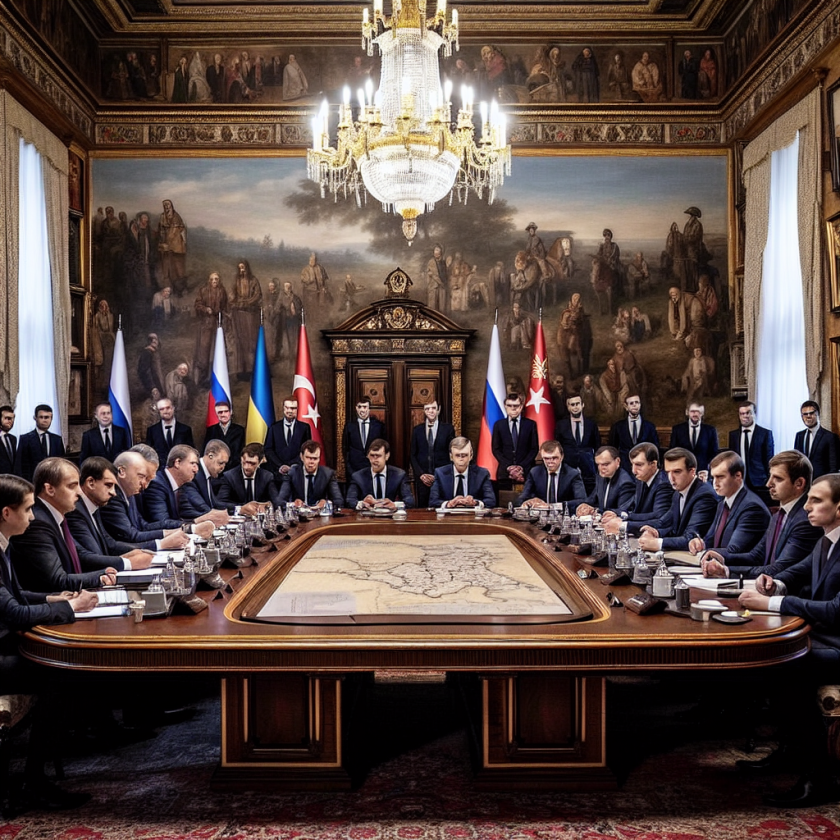Understanding the Backlash Against Studio Ghibli-Style AI Art on Social Media
Understanding the Backlash Against Studio Ghibli-Style AI Art on Social Media
The Rise of AI-Generated Art
Artificial Intelligence has made significant strides in the art world, with AI-generated art becoming increasingly popular. This technology allows users to create art in the style of renowned artists and studios, including the beloved Studio Ghibli.
Why Studio Ghibli-Style AI Art is Controversial
Despite its popularity, AI-generated art in the style of Studio Ghibli has faced significant backlash on social media. Several factors contribute to this controversy:
- Authenticity Concerns: Many art enthusiasts argue that AI-generated art lacks the authenticity and emotional depth of human-created works.
- Intellectual Property Issues: There are concerns about the use of Studio Ghibli’s distinctive style without permission, raising questions about copyright infringement.
- Impact on Artists: The rise of AI art is seen as a threat to traditional artists, potentially devaluing their work and reducing opportunities for human creators.
Social Media Reactions
The backlash on social media has been vocal, with users expressing their discontent through various platforms. Key reactions include:
- Criticism from Artists: Many artists have taken to social media to voice their concerns about the implications of AI art on their livelihoods.
- Public Support for Traditional Art: There is a growing movement advocating for the appreciation and support of traditional, human-created art.
- Calls for Regulation: Some users are calling for clearer regulations and guidelines regarding the use of AI in art creation.
Conclusion
The backlash against Studio Ghibli-style AI art highlights the complex intersection of technology, creativity, and intellectual property. While AI offers exciting possibilities, it also raises important ethical and legal questions that need to be addressed. As the debate continues, it is crucial to find a balance that respects both technological innovation and the value of human artistry.








































